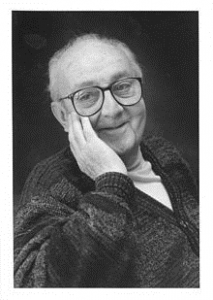I am saddened to l earn of the passing of George E.P. Box. I never met him, but like many, I knew him through his work. I have read and reread several of his books. They are some of my most prized possessions. The clarity of thought, and the depth of insight they contain are rare gems and a gift to us all.
earn of the passing of George E.P. Box. I never met him, but like many, I knew him through his work. I have read and reread several of his books. They are some of my most prized possessions. The clarity of thought, and the depth of insight they contain are rare gems and a gift to us all.
Some of his remarkable contributions include thought leadership on response surface methodology, the Box-Cox transformation, Box-Benkhin DOE designs, and the Box-Jenkins model. Intellectually these ideas span from the notion of using the method of steepest ascent to obtain optimal settings to developing rational time series forecasting models. While these threads are very different, the common linkage is that they are all very practical tools.
The Box-Cox transformation is perhaps the most widely used tool. It can transform non-normal data into normal data, which can particularly handy if you want to compare the averages of non-normal data sets. Response surface methods, DOEs, and time series forecasting are a bit more advanced but extremely helpful in engineering and research contexts. That does not mean to suggest that they aren’t valuable in a transactional context, but that due to the nature of the experiments carried out in engineering and research they more naturally fit in this area.
George E.P. Box certainly helped and inspired many people. We know what it is like to be buried under a pile of data and trying to make sense of it. He reminded us all that with thought and reason, and a little bit of math, we can better understand this world, and make it a better place.
